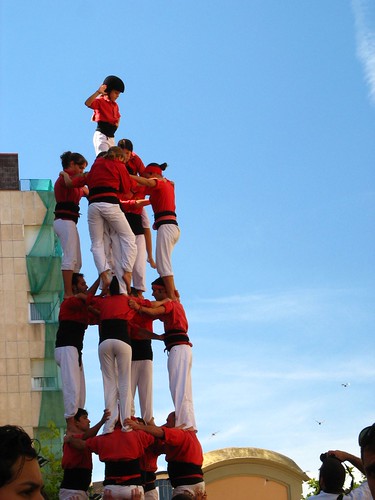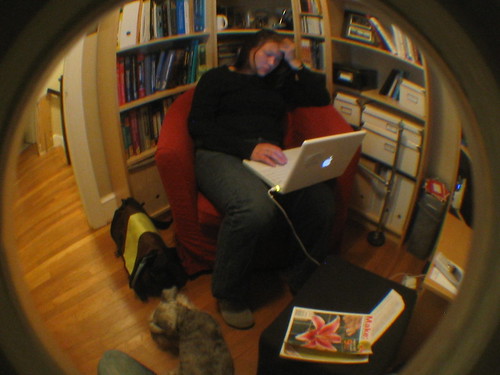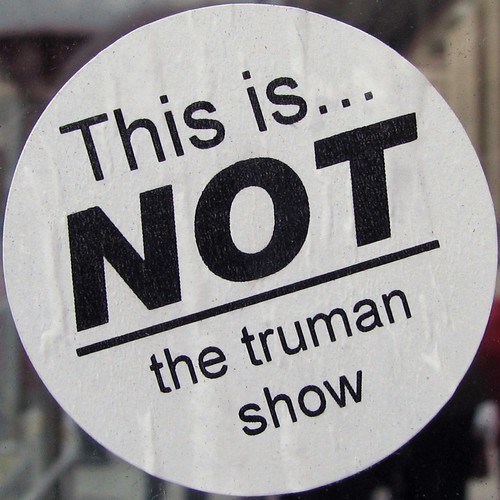For this course, a group of middle school teachers (Danielle, Heather, Caryn, and Wendy) worked on re-designing our Middle School Technology Acceptable Use Policy. So, can say with confidence that we have addressed several rules to promote online safety. Now our students can go on using the internet safely. Yeah Right!
How can we be sure that our students are safe online when we unaware of their safety in their regular school/social environment?
How can we prepare them for the potential risk of cyber bullying when bullying can go unnoticed in the hallway of our school?
How can we protect them from the various shape bullying could take (personal/physical, online, phone, etc.)?
And, who is responsible for teaching students about how to stay safe? EVERYONE!
Parents at home and educators in school need to help and support by educating them and raising awareness about their safety!
But we cannot be satisfied with having a policy written up somewhere on the agenda or in the computer lab. The AUP needs to be mentioned, referred to by ALL teachers in ALL classroom on a regular basis in different settings, so that the message really sinks in.
It is also important for the adults to stay informed about the new technologies and the potential risks that they represent.
In school, we should also teach students to be aware and watch out for themselves and others.
After all, they are the " in generation" who knows what's out there. So rather than being re-active to a case of bullying, we need to teach kids to be pro-active and take initiative to report any danger.
Future-proofing students through service learning
4 months ago






